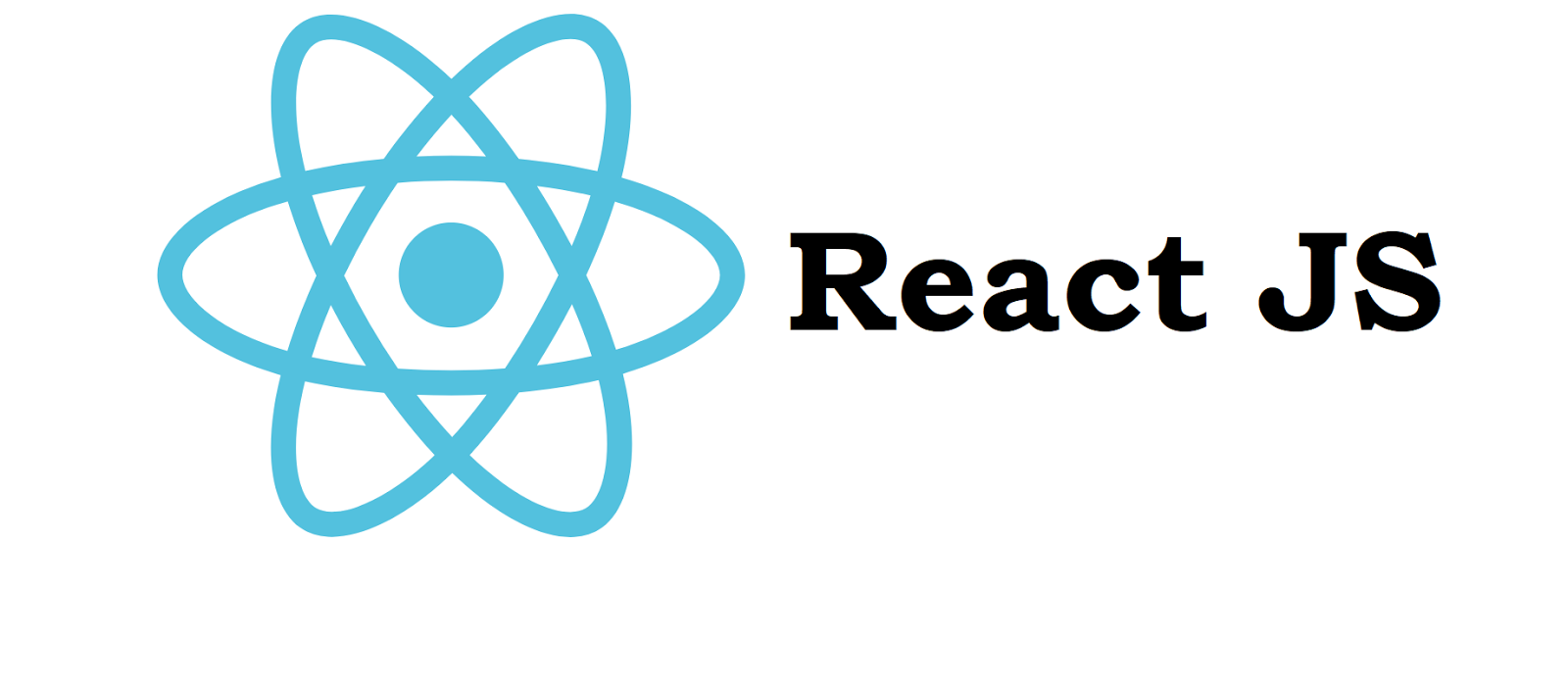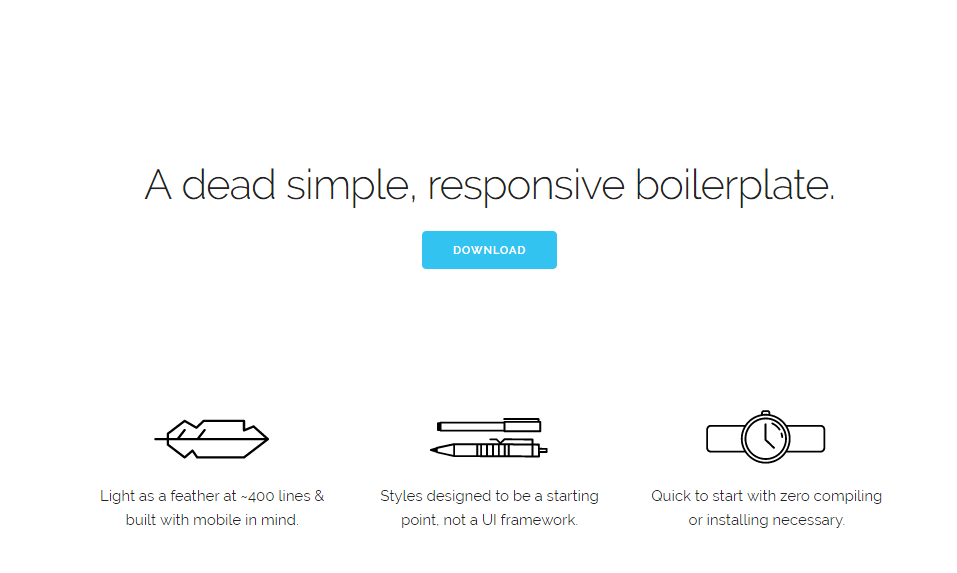Web-developer: top 10 frameworks in 2019 year
Sometimes our users are interested in how a freelancer to start working as a programmer? What books to read? How to improve skills and where to study better? And most importantly: which direction in programming to choose. The answer to this question depends on many factors, starting with whether mathematics and logic are closer to you or creative processes and user interaction. Also matters where do you see yourself in a mobile or a desktop development, what advanced technologies and trends attract you, etc.
We’ve analyzed and found out that in the world of freelancers, including ours at beesy.pro, one of the most popular and dynamically developing specialties is a web developer, particularly front-end dev. Not surprisingly, JavaScript is becoming more sophisticated and for any self-respecting expert, a good understanding of JS frameworks is important. This is what today's article is about, get comfortable and let’s go!

A framework is a platform that provides developers a basis for writing applications. It contains predefined and implemented classes or functions. The main advantages of using frameworks are cost-effectiveness, performance and security. In addition, most frameworks are free and open to use. Cause their usage significantly speeds up the app's creation, the price of the web application itself reduces. Plus it’s much easier to use a framework with optimization and well-structured templates than to write hundreds of code lines from a scratch.
So, the first place in ours today`s rating worthily takes React.js — JavaScript framework, released in 2013 from Facebook and Instagram. Using it, you can easily create complex and large-scale dynamic applications. Most often it used to build user interfaces.
PROS:
Popularity and applicability
Free and open
Can use already written code
Supports virtual DOM functionality
CONS:
Virtual DOM algorithm is inaccurate and slow
Requires complex asynchronous programming when communicating with the server

Second place goes to Angular — a framework for the development of web applications from Google. Suitable for dynamic web applications using HTML for static web pages. An irreplaceable framework not only for software developers but also for designers.
PROS:
Open source
Saving code snippets for later use
Developers face fewer errors since data binding is built on the basis of Angular elements.
Various MVC elements are supported
Works well in Agile environment.
Has a mass of test tools
CONS:
Difficult for beginners
Vue is simpler in terms of architecture
The Angular API is huge and you need to deal with many concepts

Vue.js takes an honorable third place. It is also used to create user interfaces. Designed from the ground up for greater applicability. It consists of an accessible basic library that focuses only at the presentation level, and an ecosystem of supporting libraries, which helps to cope with the complexity of large single-page applications.
PROS:
Does not require any default compilers
A transformation from a library to framework during use is in
Manage advanced one-page applications
Excellent balance between readability, maintainability of the code and writing the code itself
CONS:
Runtime template errors
A component approach in React is more flexible.
Ember.js is one of the most popular MVC JavaScript frameworks. It appeared in 2011 under the open source. With it, you can quite easily create scalable one-page web applications and provide two-way data binding. Performs first-class work on the server-side DOM rendering. Supported by Discourse, Groupon, LinkedIn, Vine websites.
PROS:
Easy to set up
Deploys large user interfaces
Two-way data binding
CONS:
Rigid project structure
No standard set of UI elements

jQuery is not a full-fledged framework, it is a library, the oldest and the most popular. jQuery and JavaScript have been long and firmly connected and with the MIT license, this library provides application developers with the ability to write shorter code, thereby reducing the workload. Supports DOM manipulation and in tandem with CSS can be useful for solving any problem.
PROS:
Widely used due to fast processing
Behaves the same in all browsers
Great for beginners for simple applications.
CONS:
Many functions that make work with the DOM easier are already natively implemented.

Node.js allows you to create lightweight and fast applications. Modern, simple, speedy and non-blocking. GoDaddy and Paypal are just some of the big-name companies that use Node.js. Also it’s ideal for I / O and streaming applications.
PROS:
Simple and fast
Software using it can run on multiple hosts.
Enable fast servers
CONS:
Not for non-through operations
Without tests in Node.js there is nothing to do

Meteor.js is a grand full-stack platform. It has all the functions necessary for any developer to render front-end, backend and database management.
PROS:
Full-Stack platform
Creation of full-featured applications
Reactive programming
Fast data processing
The low outset of entry
CONS:
Difficult interface for beginners
Insufficient implementation of individual functions, including standard ones

Skeleton is great for creating web applications and high-speed websites. It comes with a CSS grid, breakpoints, API functions and browser style normalization.
PROS:
Based on JavaScript and CSS
Adaptive image for a variety of monitors
Can be embedded in any design
Compatible with any browsers
CONS:
Insufficient implementation of individual functions, including standard ones

Appcelerator Titanium is a cloud platform for building / distributing software and everything you want to create functionally rich applications. Is a pleasant assorted from cool tools and features.
PROS:
Ease of use and learning
High-performance structure
Suits for desktop and mobile cross-platform software
CONS:
Titanium SDK updated later operating system SDK
Lack of InterfaceBuilder
Insufficient implementation of individual functions, including standard ones.

Aurelia.js is a platform, which can be called the next generation framework for mobile and web applications hardily. The best thing about Aurelia is that it is modulated and contains quite a few independent small libraries. Thus, you can create your own framework and embed it in the platform.
PROS:
Extensive library set
Creating your own framework inside the platform
CONS:
A set of libraries requires additions and improvements.

We wish customers more great performers, freelancers more cool projects and both of them to take care of nerves and use a safe deal service.
Comments
How to develop your IT skills? Listen to podcasts!
IT career: who is a blockchain developer?
Add comment